PSA vs CGC vs BGS for Trading Cards (2025): Grades, Costs & Resale
Choosing the right grading company in 2025 impacts resale value, liquidity, turnaround time and even how your card displays. This guide compares PSA, CGC and BGS for Pokémon and sports cards so you can submit—and buy—confidently.
Quick Shop Links:
• Pokémon cards (raw & graded) → Shop Pokémon
• Sports cards & memorabilia → Shop Sports
At a Glance: Which Is Best?
| Grader | Best For | Strengths | Considerations |
|---|---|---|---|
| PSA | Maximum resale visibility; broadest buyer base | Strong marketplace recognition, deep pop reports, consistent label | Popular tiers fill fast; verify current turnaround & declared value rules |
| CGC | Modern Pokémon; value-focused submissions | Crisp label, competitive pricing, growing acceptance with collectors | Check recent comps for your exact set/player to confirm liquidity |
| BGS | Subgrades/black label chase; thicker patch/auto cards | Subgrades show detail; sturdy slab for memorabilia cards | Market prefers certain eras/players; check current demand for BGS slabs |
Grading Scale & Labels
- PSA: 1–10 scale; tens are the liquidity king for many Pokémon & modern rookies.
- CGC: 1–10 with subgrades option; known for tight centering/surface standards and clean label.
- BGS: 1–10 with subgrades; 10 Black Label (all 10 subgrades) commands a premium when demand exists.
Turnaround, Pricing & Declared Value
Service tiers change frequently. As a rule of thumb: economy/value tiers are best for large modern batches; regular/express for high-value singles. Always check declared value limits—going over can re-tier your order and change the fee.
When to Choose Each Grader
- PSA: You want the broadest buyer pool and the most comps; great for key Pokémon, ultra-modern rookies, and iconic inserts.
- CGC: You’re submitting modern Pokémon in volume and want clean labels and competitive pricing; verify resale for your exact card.
- BGS: You want subgrades highlighted or have thick memorabilia/autograph cards where the BGS case shines.
Pre-Grade Checklist (Maximize Gem Rate)
- Centering: Quick ruler/centering tool; corners must be equidistant.
- Surface: Tilt under angled light for print lines/roller marks; microfiber only.
- Corners/Edges: Look for lifting/whitening; check back edges on chromium stock.
- Pack dust/particles: Sleeve carefully; avoid scratches during handling.
- Documentation: Keep order spreadsheet with card, set, declared value and notes.
Comparison Table — What Collectors Care About
| Factor | PSA | CGC | BGS |
|---|---|---|---|
| Resale Liquidity | ★★★★★ | ★★★★☆ | ★★★☆☆–★★★★☆ (title/era dependent) |
| Label Readability | ★★★★☆ | ★★★★★ | ★★★★☆ |
| Subgrades | — | Optional | Standard (premiums for 9.5/10, Black Label) |
| Value/Economy Batches | ★★★☆☆–★★★★☆ | ★★★★☆ | ★★★☆☆ |
| Case for Thick Cards | ★★★★☆ | ★★★★☆ | ★★★★★ |
Shop Graded Cards: PSA 10 Pokémon • Sports Cards
FAQs
Q: Should I cross a card from CGC/BGS to PSA for resale?
A: Sometimes—only if recent comps show a clear premium for the same card/grade and the card’s eye appeal supports it. Crossings carry fees and risk.
Q: Do subgrades increase value?
A: They can help justify price on borderline grades and showcase centering/surface. Market preference varies by sport/set.
Q: What’s the fastest way to improve gem rate?
A: Ruthless pre-screening (centering/surface), no handling scratches, and avoiding print-line heavy releases for gem attempts.







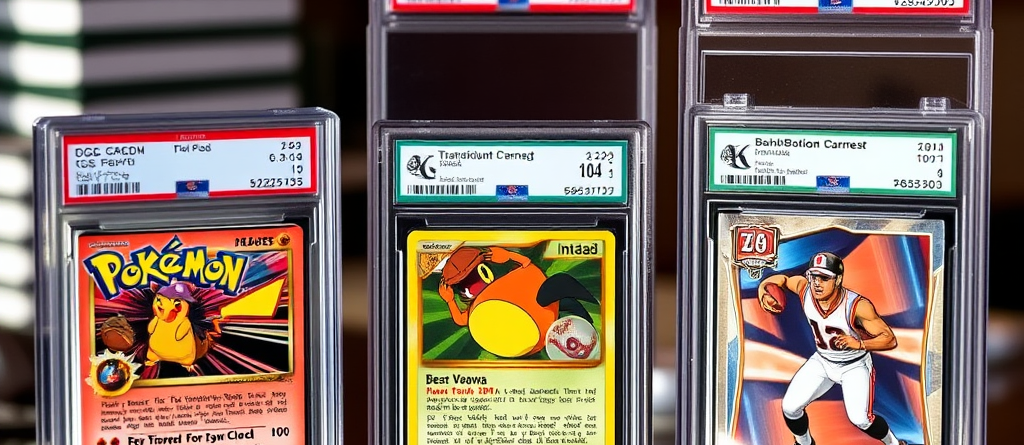
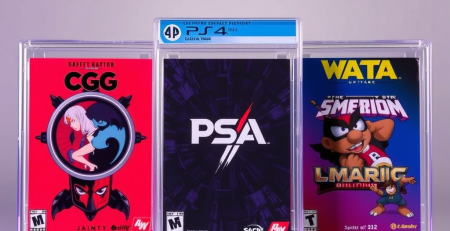
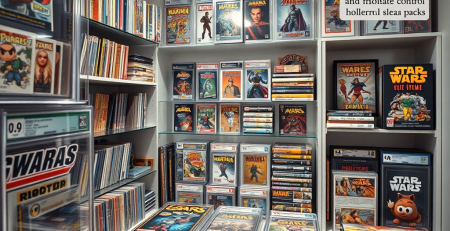
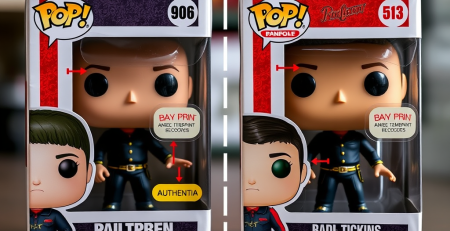
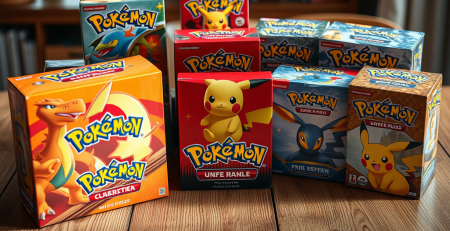
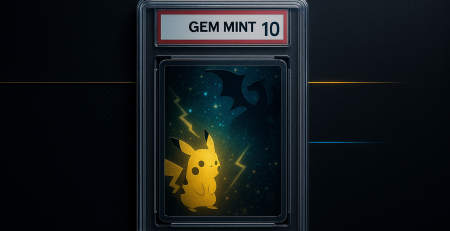
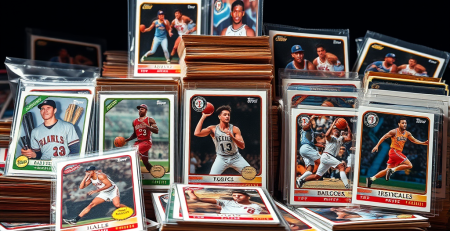
Leave a Reply
You must be logged in to post a comment.